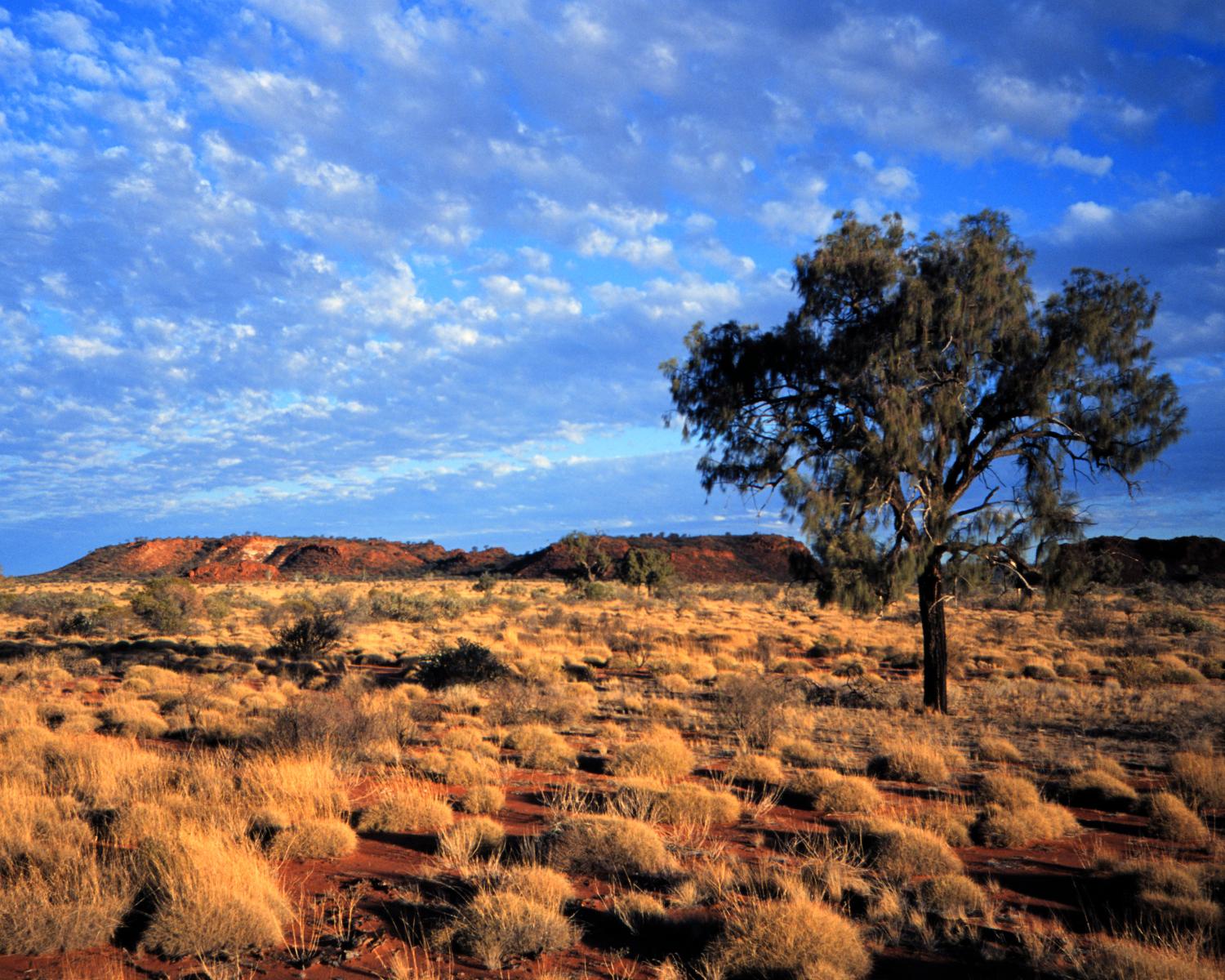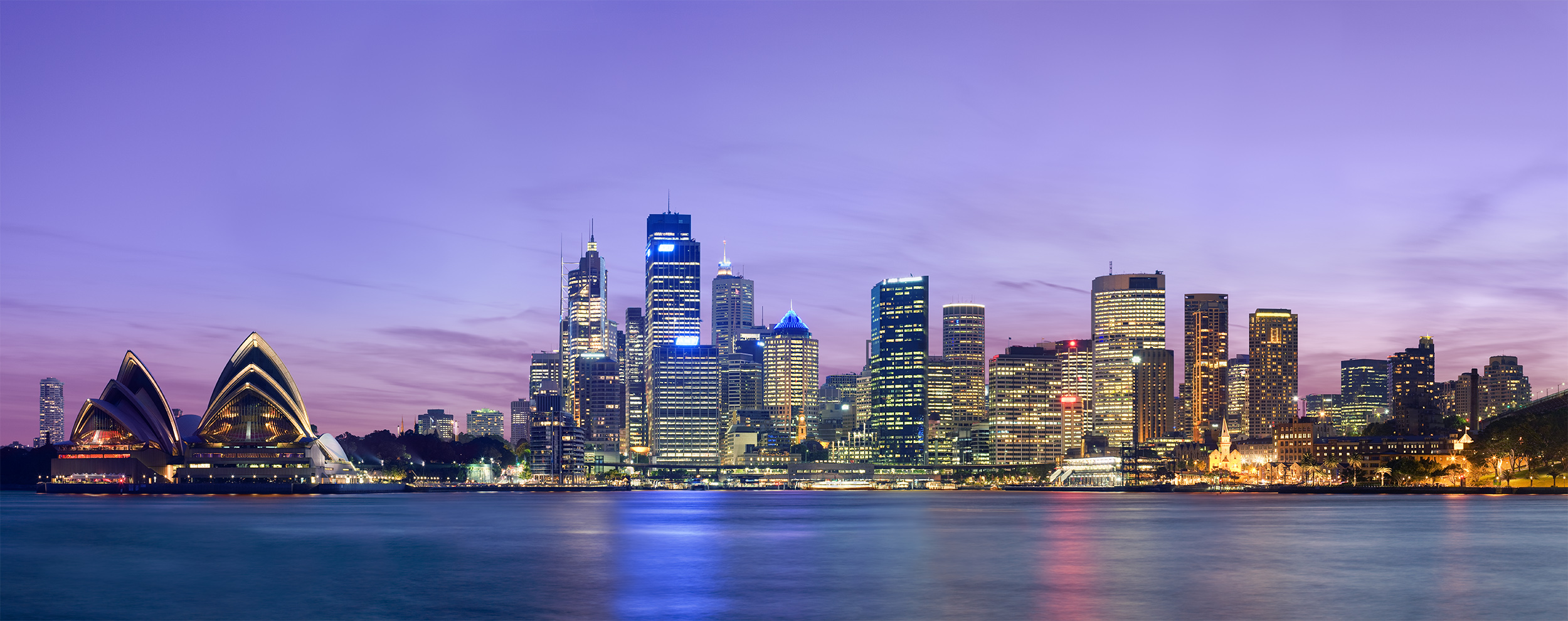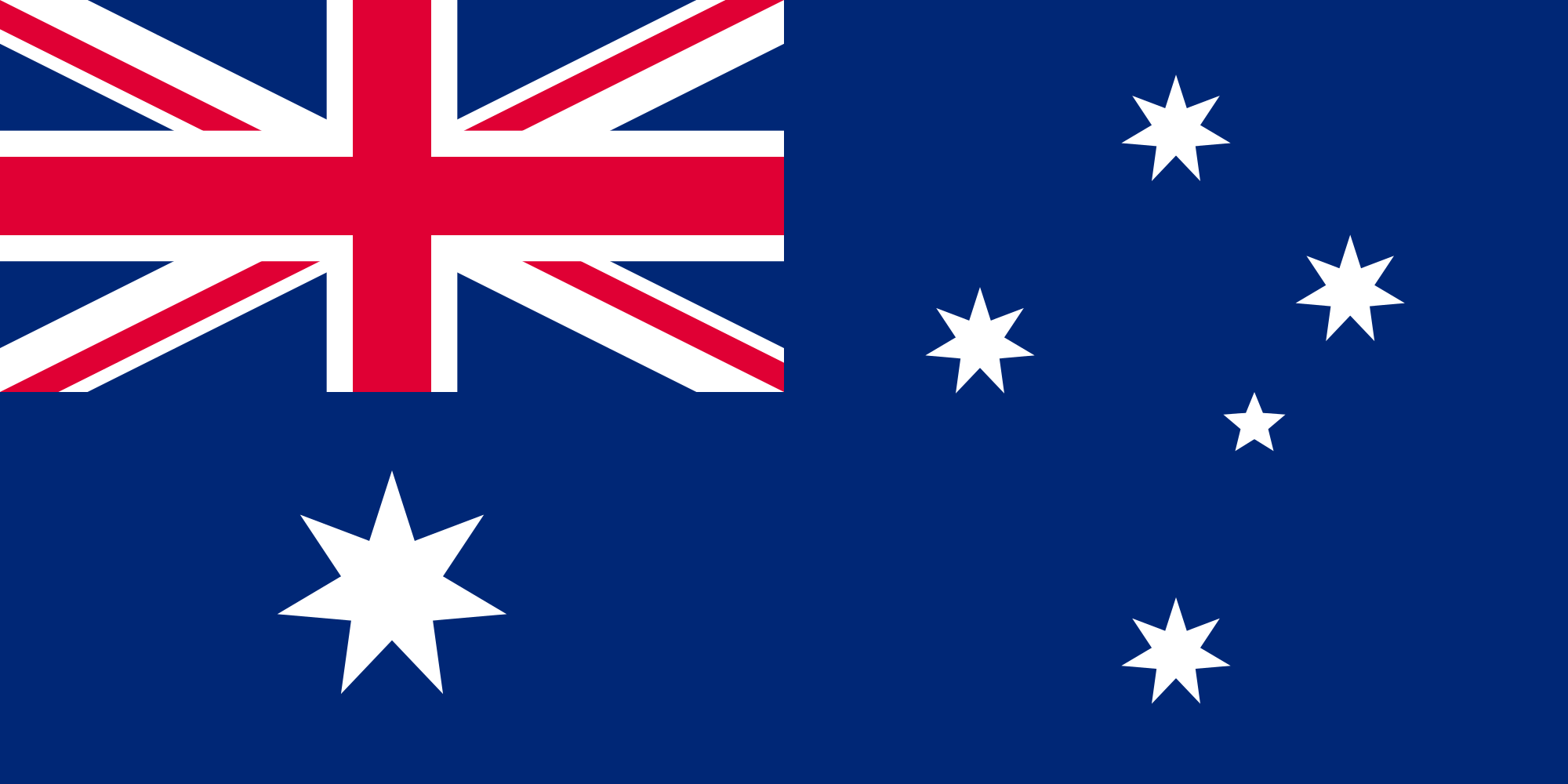The Different Languages of Australia: Lost Languages
When you think of Australia it is fair to assume your thoughts involve barbecues on the beach, intriguing (and terrifying) wildlife, and blistering under the heat of the sun. Now that is all well and good if you are planning a holiday, but if you want to get away from those typical stereotypes, how about considering the scope of languages on offer across this incredible stretch of land, and by proxy, the richness of culture you might come across on your travels?
Language assumptions
Photo via Wikimedia
While Australia has no official language we expect that the language we are most likely to hear on arrival is English, and this is an assumption that has probably been in place for at least the past century. English, however, is obviously not the only language you might hear when visiting Australia. The 2011 Census revealed the language range for those spoken in the home as: English (76.8%), Mandarin (1.6%), Italian (1.4%), Arabic (1.3%), Cantonese (1.2%), Greek (1.2%) and a wide range of other minority-represented languages. As well as spoken languages there is also Auslan, Australia’s sign language used by around 10,000 people registered as deaf and hard of hearing.
Already the language diversity of Australia looks broader than on first inspection, but the picture is broader still if you dig a little deeper. There are around 70 languages spoken by approximately 50,000 Indigenous Australians today, and these languages are the survivors of those discovered some 250 years ago when Europeans first invaded the shores of Australia in the name of colonisation. Estimates for the number of those original languages tend to be around 400, although some studies push this figure as high as 750.
Facts and figures
More than 2.8 million Australians speak some of the variety of the 400-something languages listed for the country today, of which 216 are living and 184 are extinct. Within the living language group, 207 are considered indigenous, nine are non-indigenous, six institutional, 23 developing, 14 are vigorous, 35 are in trouble, and 138 are endangered or close to dying.
The stuff of legends…
According to tales from the Iwaidja people of northwestern Australia, Warramurrungunji, the first woman to set foot in the continent, headed inland depositing her children along the way, instructing them all to speak a different language.
Linguists have long puzzled the relations between the ancient languages of Australia, attempting to find links and similarities as well as explain their differences, especially as such small groups of people tended to speak these different tongues. A recent paper published in Nature uses genetic and linguistic studies to further expand on the myth of Warramurrungunji and attempt to explain the puzzle that is Australia’s largest language family.

Photo via Flickr
Pama-Nyungan
In 1963 Ken Hale of MIT identified and named a new Australian language family the Pama-Nyungan, two words that mean people in two different languages that fall within the spectrum of this group. According to Hale around 200 languages belong to this group, which makes it larger than Indo-European and almost as large as Sino-Tibetan. And of course, not every linguist agrees that all of the languages Hale considered part of this family truly belong there. Who doesn’t enjoy a family dispute after all?
Learning a new language? Check out our free placement test to see how your level measures up!
Most linguists are at least in agreement that the vast majority of these Australian languages do draw from a similar set of sounds, and that their verbs and pronouns follow similar construction patterns. An interesting argument against their relations is a lack of cognates between the various languages making up the Pama-Nyungan family, which when you compare with the sheer volume of cognates within the Indo-European family might actually be a good relation indicator.
Outliers and minorities

Photo via Wikimedia
To be perfectly honest there is such a wide range of languages spoken in Australia that one discussion about it is not enough to do them all justice. From Macedonian, Turkish and Maltese in Melbourne to Arabic, Serbian and Korean in Sydney, world languages have clear representation across the continent.
English-based creoles Kriol and Torres Strait are spoken in the Northern Territory and Queensland respectively, whilst Broome Pearling Lugger pidgin is a lingua franca used between Malays, Japanese, Vietnamese, Torres Strait Islanders and Aborigines on pearling boats. Torres Strait Islanders speak Australian Kala Lagaw Ya and Papuan Meriam Mar, and were they still in use today there would be a number of languages representative of Tasmania.
Aboriginal languages with the most speakers alive today are Arrernte, Kala Lagaw Ya, Tiwi, Walmajarri, Warlpiri and the Western Desert Language, and these barely skim the surface of the richness of languages spoken by the indigenous people of Australia.
Join us next time when we delve a little deeper into this language treasure trove!



